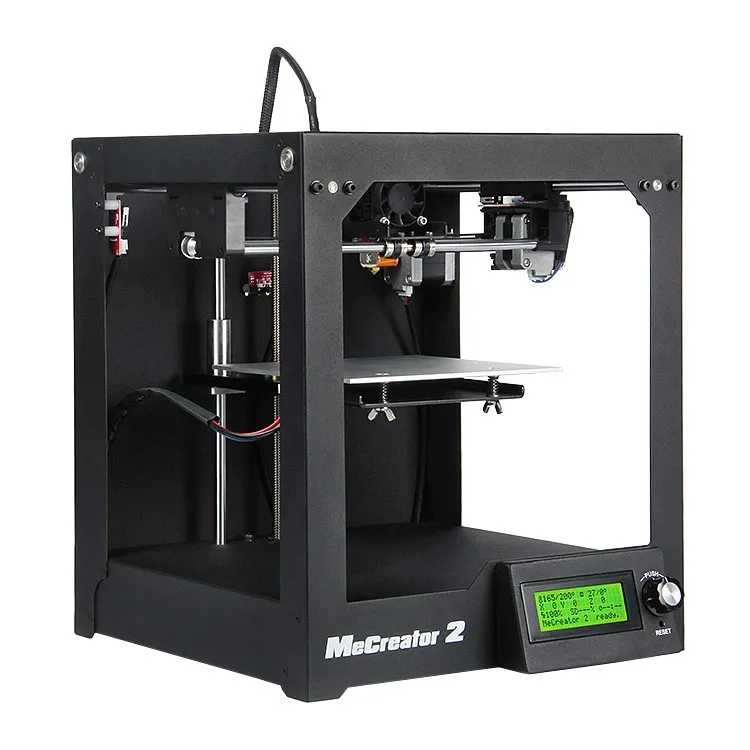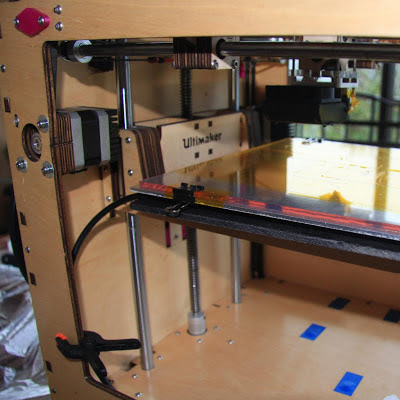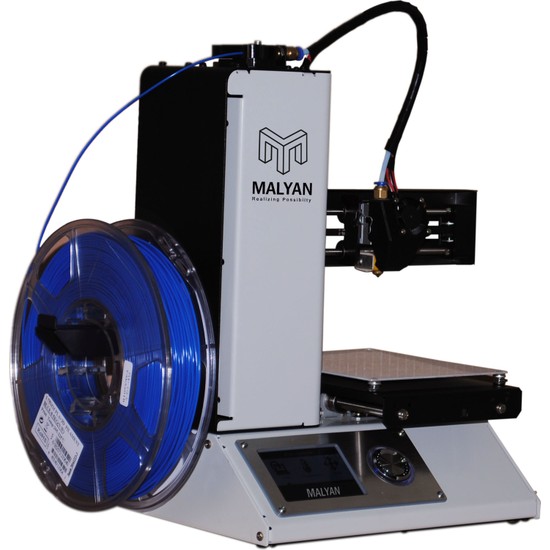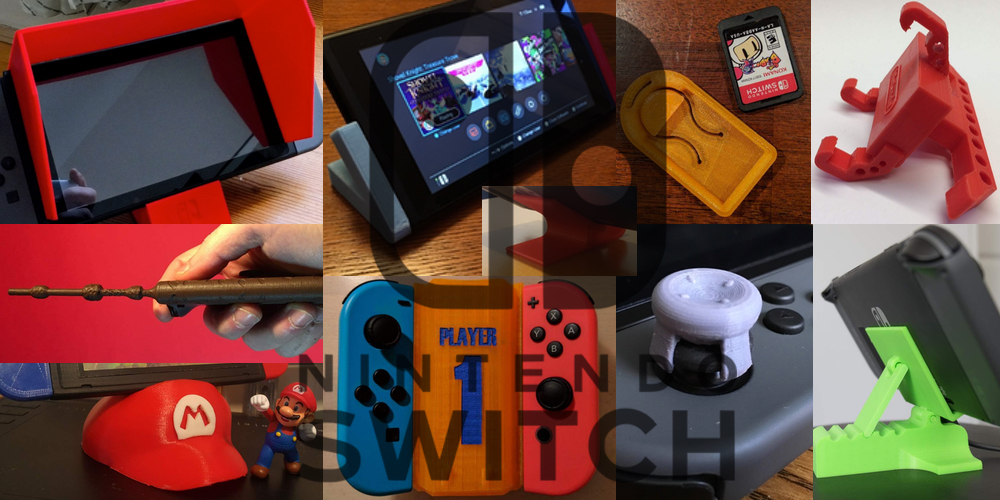Companies using 3d printing
5 Famous Companies That Use 3D Printing Technology
The popularity of 3D printing has been steadily growing over the past decade or so. Companies within the aerospace, medical, industrial goods and medical sectors are some of the most mature adopters of this technology.
Other industries are now realising how beneficial 3D printing can be and are taking a page out of these early adopters' books. The 3D printing market has become so popular that, according to Hubs' The 3D Printing Trends Report 2019, it's set to double in size every 3 years.
These 5 companies are some of the early adopters of 3D printing. They're now reaping the rewards and pushing the envelope of 3D printing technology.
Volkswagen Group
The Volkswagen Group comprises worldwide brands such as Porsche, Lamborghini and Audi. The Group was one of the early adopters of 3D printing for part production.
In 2014, the company piloted Ultimaker’s desktop 3D printers to produce parts. The pilot's success led to Volkswagen switching to 3D printing for the production of tools and parts.
Volkswagen Motorsport also used 3D printing to develop and produce its electric I.D. R Pikes Peak race car in a more efficient manner. 3D printing helped Volkswagen Motorsport meet tight deadlines while still resulting in a high-quality product.
Moreover, Volkswagen Group's Porsche brand is using 3D printing to produce replacement parts for classic cars, while Bugatti is using 3D printing to fabricate titanium brake callipers and exhaust finishes.
L’Oréal
L’Oréal decided to change its production strategy by adopting 3D printing in order to reduce the time to market and product turnarounds.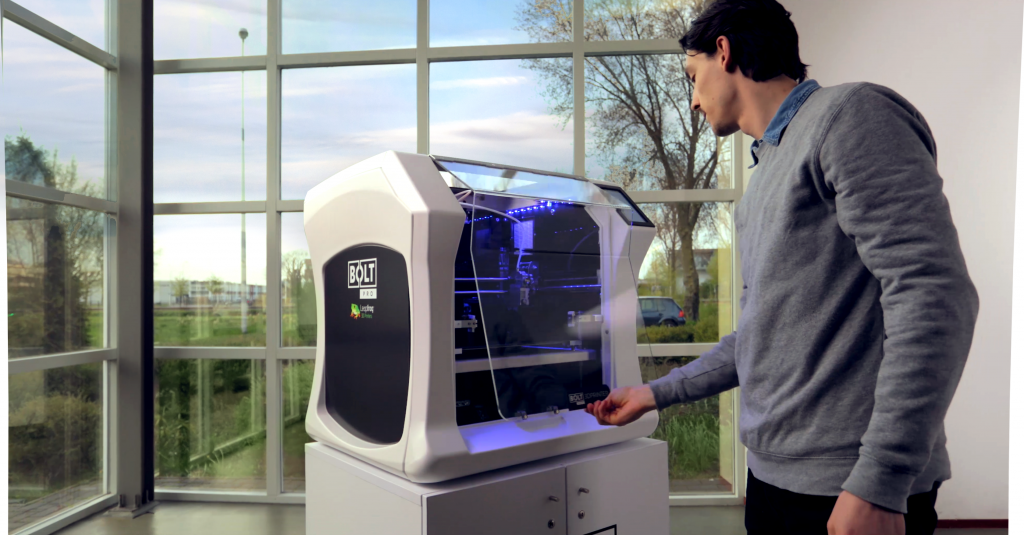
Over the last couple of years, L’Oréal has used 3D printing to create functional prototypes, spare parts, packaging and automation lines components. 3D printing has proven to be beneficial for L’Oréal, as the company has now equipped 25 of its 40 global production facilities with high-end 3D printers.
Deutsche Bahn
German railway company Deutsche Bahn has used 3D printing to print more than 10,000 parts for more than 100 use cases. Applications include headrest frames, coat hooks, Braille signposts as well as coffee machine parts.
One such use case is the wheelset bearing cover for a Class 294 locomotive produced in the 60s and 70s. Instead of trying to find a supplier, Deutsche Bahn opted for 3D printing technology to create this part. Thanks to 3D printing technology, they managed to produce this 13kg part in just 7 hours.
In Germany, the Mobility goes Additive (MGA) network aims to increase the use of 3D printing within the transportation sector. The MGA has recently approved the use of 3D-printed brake suspension links - a crucial component for any train. This growing movement is set to accelerate the use of 3D printing in transportation within Germany and the rest of Europe.
The MGA has recently approved the use of 3D-printed brake suspension links - a crucial component for any train. This growing movement is set to accelerate the use of 3D printing in transportation within Germany and the rest of Europe.
BASF
BASF - a German multinational chemical company and the world's largest chemical producer - has partnered up with 3D printer manufacturers BCN3D, HP and BigRep. In 2017, BASF formed a 3D printing subsidiary - BASF 3D printing Solutions GmbH (B3DPS) - to grow the company's share in the 3D printing sector.
Over the years, the mother company has also invested in a couple of 3D printing enterprises and in 2019, BASF acquired Sculpteo - the leading French company offering an online 3D printing service.
Medtronic
The American-Irish medical device company Medtronic has been using 3D printing for years.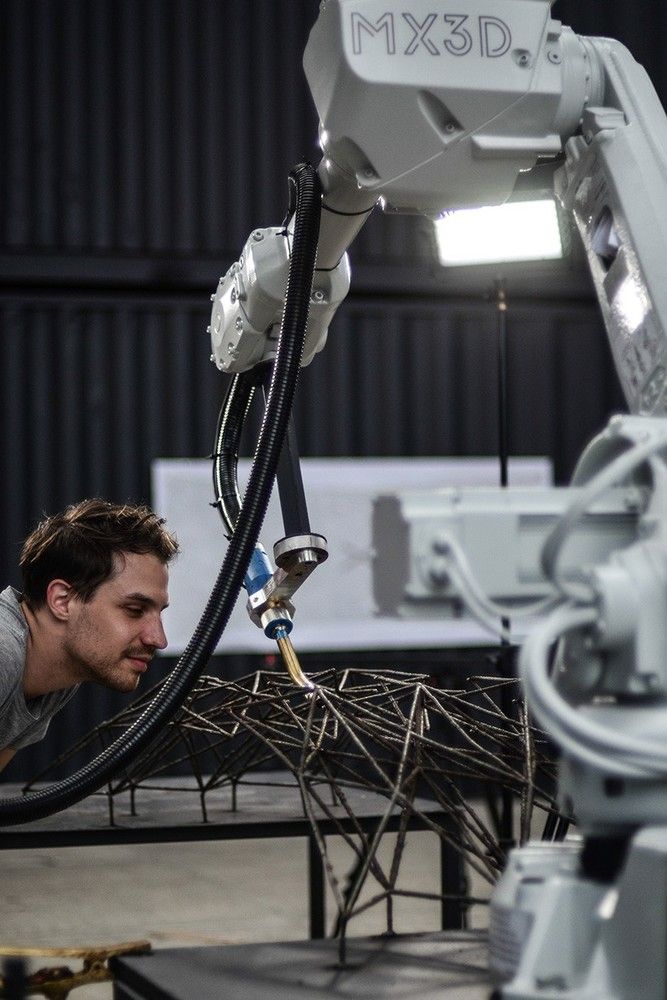 It's known for constantly pushing the boundaries of 3D printing technology. Use cases include device prototypes, 3D models of organs and life-like simulations of surgical procedures.
It's known for constantly pushing the boundaries of 3D printing technology. Use cases include device prototypes, 3D models of organs and life-like simulations of surgical procedures.
In 2018, Medtronic launched TiONIC Technology - a titanium-based 3D printing platform. TiONIC Technology enables more complex designs to be printed, especially when it comes to integrated surface technologies for spine surgery implants. The first implant that they produced, ARTiC-L, is designed for surgical use and is now being used for transforaminal lumbar interbody fusion (TLIF) spine surgery.
In addition to all of the above, Medtronic aims to use 3D printing to create bioartificial tissues and implantable organs in the near future.
Want to stay up to date on what's new in 3D printing?
The latest trends and more. Join us!
3D printing: 10 companies using it in ground-breaking ways
3D printing: 10 companies using it in ground-breaking ways
A growing number of innovative companies are experimenting with 3D printers, propelling the technology closer to the mainstream market.
From the big whig corporations down to the smallest startups, there are plenty of companies utilizing 3D printers to create new products, improve old ones, and better their business processes. As the technology becomes more accepted in the enterprise, it will quickly become more mainstream.
We’ve compiled a list of 10 companies innovatively using 3D printers.
1. General Electric
General Electric made big investments in 3D printing in their quest to produce more than 85,000 fuel nozzles for the new Leap jet engines. The printers can make the nozzles in one metal piece and the finished product is stronger and lighter than the ones made in the traditional assembly line. However, the 3D printers currently on the market can’t produce the nozzles fast enough. GE’s business development leader, Greg Morris, joined the company last year when it acquired his 3D company, Morris Technologies, so the company wants to expand its 3D printing staff as well as the production of the nozzles and other equipment using 3D printers. They already have more than 300 3D printers and GE Aviation wants to produce 100,000 additive parts by 2020.
However, the 3D printers currently on the market can’t produce the nozzles fast enough. GE’s business development leader, Greg Morris, joined the company last year when it acquired his 3D company, Morris Technologies, so the company wants to expand its 3D printing staff as well as the production of the nozzles and other equipment using 3D printers. They already have more than 300 3D printers and GE Aviation wants to produce 100,000 additive parts by 2020.
2. Boeing
The airline company was one of the early adopters of 3D printing technology, and has made more than 20,000 3D printed parts for 10 different military and commercial planes. The 787 Dreamliner has 30 3D printed parts, including air ducts and hinges, which is a record for the industry. Using Stratasys 3D printers, the company also printed an entire cabin. The company also supports additive manufacturing programs at the University of Sheffield and University of Nottingham in the UK, where there is research for aerospace and other manufacturing sectors using 3D printing technology.
3. Ford
The auto company has been using 3D printing technology since the 1980s and recently printed its 500,000th part with a 3D printer, which was an engine cover for the new Ford Mustang. According to Ford’s website, traditional methods would take four months and $500,000, but with 3D printing, the same process takes four days and $3,000.
Ford also teamed with 3D Systems Sugar Lab around Valentine’s Day this year to 3D print an edible 2015 Mustang model, made from chocolate and sugar. The company plans to work with 3D printers in the near future, using sand printing and direct metal printing.
4. Nike
Nike reported 13% growth for its latest quarter. CEO Mark Parker has previously stated that 3D printing technology has been a big boost for the company recently. Nike made 3D printed cleats for the 2014 Super Bowl. The Nike Vapor Laser Talon has a 3D printed plate and cleats made from selective laser sintering technology, and the Vapor Carbon Elite also has parts produced with a 3D printer. The Nike Vapor Laser Talon, which weighs 5.6 ounces, was designed for football players running the 40 yard dash on football turf. The company indicated that it has plans to extend its use of 3D printing in future products, but hasn’t revealed details.
The Nike Vapor Laser Talon, which weighs 5.6 ounces, was designed for football players running the 40 yard dash on football turf. The company indicated that it has plans to extend its use of 3D printing in future products, but hasn’t revealed details.
5. American Pearl
Can’t decide on an engagement ring? With American Pearl jewelry company, customers can create a unique piece of jewelry by choosing specific metals, gems, or diamonds, ordering them online, and then 3D printing them. There are eight metal options to choose from, such as platinum or rose gold, as well as an array of diamonds and other gems like sapphires and emeralds. Then, American Pearl’s CAD software makes a digital file of the custom jewelry, which is turned into a 3D printed thermoplastic wax mold via a Solidscape T-76 3D Printer. The metal is poured into the mold, the gems are added, and the piece ships within a few days. However, the service is quite expensive — the company is making jewelry that costs hundreds of thousands of dollars.
6. DIY Rockets
Last year, DIY Rockets, a global space company that was created to lower the cost of space exploration using crowdsourcing, launched a competition for people to develop 3D printed rocket motors using Sunglass cloud-based design platform. The only rules were that the designs had to be open source and the participants had to present a business case. The winner for the best rocket engine, announced in July, was Team Stratodyne, which won a $5,000 prize. The design will be created with the help of Shapeways,, the world’s biggest 3D printing marketplace.
7. Hasbro
Hasbro recently announced a partnership with 3D Systems, the company that first commercialized 3D printing, to develop and commercialize 3D printers later this year for children’s toys and games. Hasbro has a range of children’s franchises that may be featured for 3D printing, including My Little Pony, Playskool, and Sesame Street.
“We believe 3D printing offers endless potential to bring incredible new play experiences for kids, and we’re excited to work with 3D Systems, a recognized industry leader in this space,” Hasbro President and CEO Brian Goldner said in the press release about the announcement in February.
8. Hershey’s
3D Systems has also partnered with Hershey’s to make a 3D printer for chocolate and other edible products. The 3D printing company said this partnership is a good way to show how the technology can be mainstream, though there is no word when the chocolate-making machine may be available. The ability to 3D print food is nothing new, as 3D systems has shown with its Sugar Lab, where the company prints icing and other sugary confections.
9. MakieLab
Design your own Makie doll with MakieLab, which 3D prints 10 inch flexible fashion dolls from thermoplastic. Customers can choose all of the features of the doll: face, eyes, jaw, smile, hair, and more. They are made in the London headquarters and shipped around the world. The company markets the product as environmentally friendly not only because of its custom printing that produces less waste, but also because the packaging is made from recyclable materials. MakieLab prints other games and toys, though the doll is still its most popular product.
10. Matter.io
A team of MIT and Cornell engineers created Matter.io, a company that is attempting to capitalize on the vast world of 3D printing designs on the web by making it easier to make, download, and share designs. The idea came from the founders’ realization that CAD files, which are used with every 3D printer, are made for engineers to understand, rather than the average person. The Matter founders wanted to change that by making it easy to embed the files into websites so users can download and customize the designs before sending them off to Shapewayss to print or print them at home. The bottom line? Matter wants to make 3D printers easier to use so they will be more quickly accepted by the average consumer.
Also see
- Photos: Awesome products you didn’t know were 3D printed
- The dark side of 3D printing: 10 things to watch
- Photos: 3D printers, a tour of the top models
- Photos: Cool 3D printed products destined to be squashed by lawyers
Lyndsey Gilpin
Published: Modified: See more Hardware Share: 3D printing: 10 companies using it in ground-breaking ways- Hardware
- Printers
Editor's Picks
- Image: Rawpixel/Adobe Stock TechRepublic Premium
TechRepublic Premium editorial calendar: IT policies, checklists, toolkits and research for download
TechRepublic Premium content helps you solve your toughest IT issues and jump-start your career or next project.

TechRepublic Staff
Published: Modified: Read More See more TechRepublic Premium - Image: Nuthawut/Adobe Stock
- Image: WhataWin/Adobe Stock Security
Top cybersecurity threats for 2023
Next year, cybercriminals will be as busy as ever. Are IT departments ready?
Mary Shacklett
Published: Modified: Read More See more Security - Image: Sundry Photography/Adobe Stock Cloud
Salesforce supercharges its tech stack with new integrations for Slack, Tableau
The company, which for several years has been on a buying spree for best-of-breed products, is integrating platforms to generate synergies for speed, insights and collaboration.

Karl Greenberg
Published: Modified: Read More See more Cloud - fizkes / iStock
- Image: Bumblee_Dee, iStock/Getty Images Software
108 Excel tips every user should master
Whether you are a Microsoft Excel beginner or an advanced user, you'll benefit from these step-by-step tutorials.
TechRepublic Staff
Published: Modified: Read More See more Software
Top 10 3D printing companies listed on the stock exchange
So, we present to your attention the ranking of 3D printing companies in terms of annual turnover.
Stratasys: $750 million
Industry leader Stratasys grew 54% over the past year with sales exceeding $750 million. This is partly driven by demand for the new Object500 Connex3 model, as well as the traditionally popular PolyJet and industrial FDM 3D printers. Another growth driver was the acquisition of other companies such as Solid Concepts and Harvest Technologies (now part of Stratasys Direct Manufacturing). At the same time, the American-Israeli company (which includes, among other things, MakerBot Industries and SolidScape) recorded a net loss of $119 in its financial statements.million. This figure is more than four times higher than last year, which is also due to active acquisitions and investments. The forecast for 2015 is positive, it is expected that the revenue will be $940 million. If Stratasys manages to beat expectations by 6%, it could become the first pure 3D printing company to reach $1 billion in revenue.
3D Systems: $650 million
Although 3D Systems' revenue rose 27% to a record high, the company still lost the top spot to Stratasys last year. The head of the company, Avi Reichental, said he was not entirely satisfied with how the company realized the potential of its technology portfolio. 3D Systems has some of the most advanced 3D printing technology in the industry, but hasn't shown enough willingness to go mainstream. However, according to 3D Systems financial statements, the company turned out to be in positive territory with a net profit of $1.6 million at the end of the year. Although the forecast for 2015 is generally positive, it is likely that 3D Systems will again be behind Stratasys, with revenues of $850-900 million.
The head of the company, Avi Reichental, said he was not entirely satisfied with how the company realized the potential of its technology portfolio. 3D Systems has some of the most advanced 3D printing technology in the industry, but hasn't shown enough willingness to go mainstream. However, according to 3D Systems financial statements, the company turned out to be in positive territory with a net profit of $1.6 million at the end of the year. Although the forecast for 2015 is generally positive, it is likely that 3D Systems will again be behind Stratasys, with revenues of $850-900 million.
Materialize: $81 million
Materialize is one of Europe's leading 3D printing service providers and a developer of innovative 3D printing software. In 2014, the company's revenue amounted to $81 million, which is 18.4% more than last year. The company's net profit reached $1.8 million, half of what it was in 2013, but still significant. Materialize's core business is the development and sale of 3D printing software (22% of sales) and medical 3D printing services (37%). The industrial segment, including the i.materialise 3D printing service, generated 40% of the company's total revenue. Materialize is expected to grow by 20% next year and reach €100 million in annual turnover. nine0003
The industrial segment, including the i.materialise 3D printing service, generated 40% of the company's total revenue. Materialize is expected to grow by 20% next year and reach €100 million in annual turnover. nine0003
ExOne: $43.9 million
Last year, ExOne grew by 10% with revenues of approximately $43.9 million. The main contribution to this result was made by the fourth quarter, during which sales increased by 50%. This state of affairs resulted in a gross profit of $10 million, but ExOne's operating costs were $21 million. This was mainly due to investments in the expansion of the company (new production facilities in Russia and Italy), as well as in research and development (more than $8 million). In addition, ExOne announced the creation of a new large-scale 3D printer, Exerial. nine0003
Arcam: $39 million
Arcam, a Swedish manufacturer of electron beam melting (EBM) systems, recorded revenues of approximately $39 million.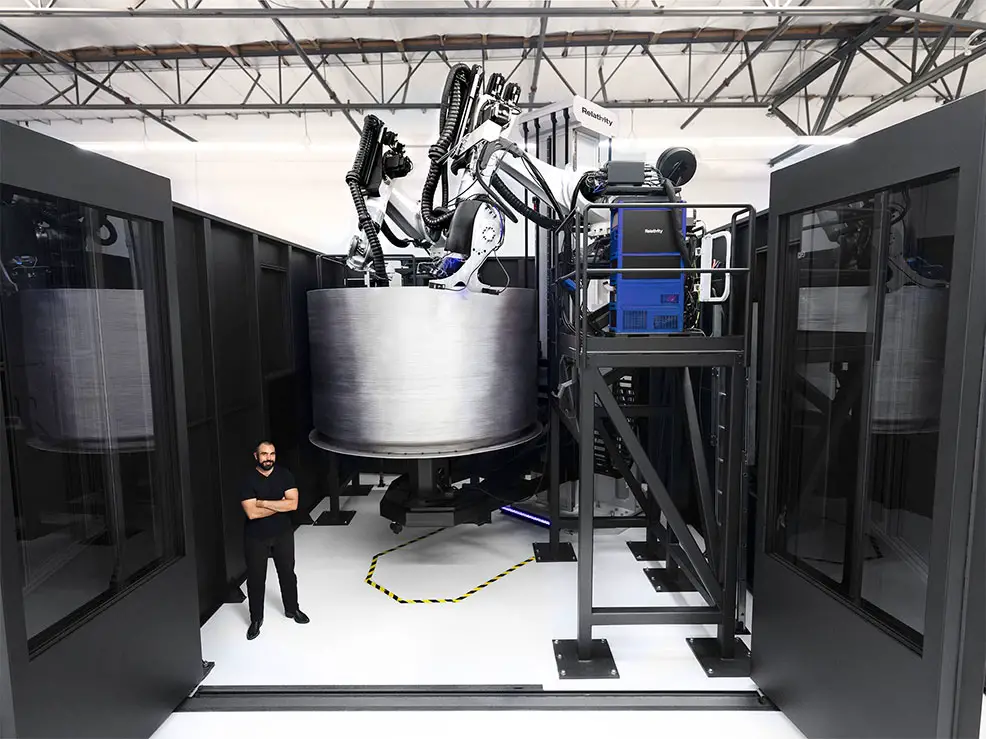 Thus, sales grew by 70% in a year, and profits exceeded $6 million. However, it is likely that in the financial markets such results were considered too good to be true. Compared to a record high at the end of 2013, Arcam's shares are down more than 70% and are now trading for around $17. nine0003
Thus, sales grew by 70% in a year, and profits exceeded $6 million. However, it is likely that in the financial markets such results were considered too good to be true. Compared to a record high at the end of 2013, Arcam's shares are down more than 70% and are now trading for around $17. nine0003
SLM Solutions: $36 million
Germany's SLM Solutions posted similar results to Arcam, with record earnings of approximately $36 million and 56% growth in 2014. At the same time, the company's shares fell from a record high of €21 to €18. However, SLM Solutions boasts a more stable stock price than most other members of the 3D printing industry. At the moment, for the past period of 2015, SLM Solutions reports an increase in the number of orders twice year-on-year. nine0003
Alphaform: $30 million
German company Alphaform offers rapid prototyping services. Alphaform made its first steps in the consumer market as part of the Artshapes project to apply 3D printing to the arts. The company reported record revenue of $30 million in 2014, up 11.6%. While Alphaform lost more than $3 million in the same period, this is a significant improvement from $6.5 million in 2013. nine0003
The company reported record revenue of $30 million in 2014, up 11.6%. While Alphaform lost more than $3 million in the same period, this is a significant improvement from $6.5 million in 2013. nine0003
voxeljet: $17-18 million
Analysts have criticized the German company voxeljet for not selling enough devices while offering special deals to customers to increase orders. However, it should be taken into account that voxeljet manufactures large industrial equipment, the print volume of which reaches 8 cubic meters - in other words, the company occupies a very specific niche. Estimated revenue for 2014 (updated data will be available at the end of March) is $17-18 million. In addition, according to voxeljet forecasts, the company expects to grow by almost 50% this year. nine0003
Organovo: $0
Organovo is the only listed biomaterials 3D printing company. However, most of Organovo's activities are still research and the first commercial product, exVive3D human liver tissue, was released just recently. The company has created its own bioprinter and uses it to 3D print organic tissues, which it then sells to major pharmaceutical companies for research purposes. The company's annual operating costs are approximately $20 million. At the same time, Organovo is confident that its products can bring more than $100 million in profit in the foreseeable future. nine0003
The company has created its own bioprinter and uses it to 3D print organic tissues, which it then sells to major pharmaceutical companies for research purposes. The company's annual operating costs are approximately $20 million. At the same time, Organovo is confident that its products can bring more than $100 million in profit in the foreseeable future. nine0003
Renishaw: data not available
Rounding out the top ten was British company Renishaw, which recorded $520 million in revenue and $100 million in marginally lower profits. As of now, Renishaw has yet to disclose earnings for its 3D printing business, limiting itself to commenting that "demand has been solid." The stability of demand can be judged by the fact that, having entered the market with the AM250 device operating on SLM technology, in 2014 the company has already introduced a new EVO system. nine0003
Tags: Stratasys, 3D Systems, Materialize, ExOne, Arcam, SLM Solutions, Alphaform, voxeljet, Organovo, Renishaw
Largest listed companies in the 3D printing sector
3D printing dates back to the late 1980s years. At the end of 2018, the size of the 3D printing market, according to various estimates, reached from $9 trillion to $10 trillion. The calculations were made on the basis of the costs of producing printers, components and 3D printing.
At the end of 2018, the size of the 3D printing market, according to various estimates, reached from $9 trillion to $10 trillion. The calculations were made on the basis of the costs of producing printers, components and 3D printing.
In the coming years, expert agencies (IMARC, Inkwood Reasearch, Marketwatch, etc.) predict a steady growth of at least 20% per year. In this scenario, by the end of 2025, the scale of the entire 3D printing segment will reach at least $ 32 trillion - 3.5 times higher than the current values. nine0003
The outlook for the sector makes it attractive to investors. Consider the largest and most stable companies in this segment, whose shares can be considered for purchase and take their rightful place in your portfolio.
1. HP Inc Capitalization: $29.3 billion
HP manufactures computers, printers, tablets and a number of other devices. The release of 3D printers is not the main specialization of the company, but HP occupies one of the leading positions in the 3D printing segment.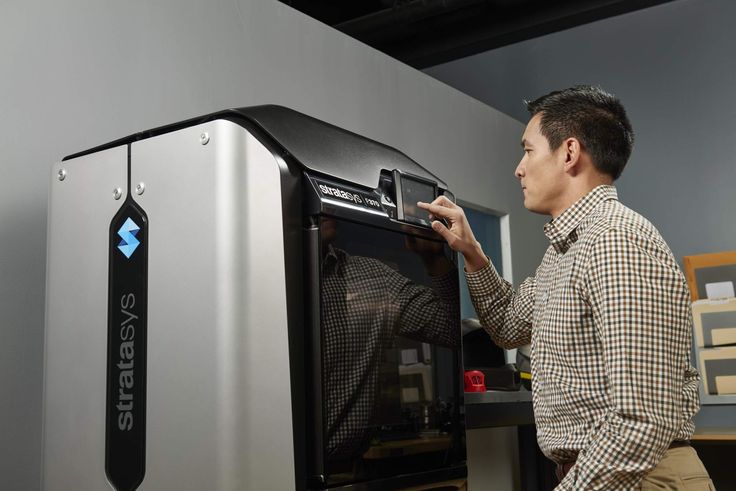 In 2014, the company developed the Multi Jet Fusion technology, which allowed to increase productivity and reduce the cost of professional (industrial) 3D printers. The technology has been successfully applied in mass production of printers since 2016.
In 2014, the company developed the Multi Jet Fusion technology, which allowed to increase productivity and reduce the cost of professional (industrial) 3D printers. The technology has been successfully applied in mass production of printers since 2016.
In 2017, HP opens the world's first 3D lab, equipped with printers in various build states and essential tools for device experimentation. The company has opened up the first opportunities to test new materials in 3D printers to increase efficiency.
In 2018, HP will open a manufacturing center with China's Guangdong in Guangdong, China, which is the largest such 3D printing project in Asia Pacific and Japan. The facility is equipped with ten next-generation high-tech HP Metal Jet printers to produce parts and prototypes for industrial customers. nine0003
2. Proto L abs (NYSE: PRLB). Capitalization: $2.56 billion
The company was founded in 1999 and has more than 10 production sites in seven countries. The head office is located in Minnesota. The company specializes in the production of parts for other manufacturing companies. The corporation positions itself as the fastest in the world in the production of custom prototypes and finished parts for industrial customers. In 2014, Proto Labs launched 3D printed parts. nine0003
The head office is located in Minnesota. The company specializes in the production of parts for other manufacturing companies. The corporation positions itself as the fastest in the world in the production of custom prototypes and finished parts for industrial customers. In 2014, Proto Labs launched 3D printed parts. nine0003
In addition to 3D printing, the company produces CNC (Computer Numerical Control) parts, injection molding and sheet metal parts. In 2015, Proto Labs bought Alphaform (specializing in innovative 3D printing) with divisions in Germany, Finland and the UK. This allowed the company to expand its 3D printing business in Europe. To diversify its business and introduce sheet metal manufacturing, the company acquired Rapid Manufacturing in 2017 for $120 million. 9 Systems ( NYSE: DDD). Capitalization: $1.01 billion 90,097 90,003 90,002 3D Systems was founded by inventor Chuck Hull in 1986 as the world's first 3D printing company. 3D Systems is headquartered in Rock Hill, South Carolina, USA. The number of employees of the company exceeds 2600 (as of the end of 2018), which is twice as high as five years ago. 4. Stratasys Capitalization: $0.98 billion The company was founded in 1989 by Scott Crump. The technology was based on the idea of creating the shape of a figure by layering after Scott decided in 1988 to make a toy for his daughter using a gun filled with glue. At 1992 Stratasys released its first 3D Modeler product. Today, Stratasys manufactures industrial and desktop 3D printers and related accessories. The range of services includes installation, maintenance and training in working with printers. The company serves various industries by developing technologies for the production of prototypes and parts. The first public offering of Stratasys shares took place in 1994 at $5 per share and a total volume of $5.7 million. The head office is located in Minnesota. nine0003 5. Materialize Capitalization: $0.88 billion 90,097 90,003 90,002 Incorporated in 1990 in Leuven, Belgium, Materialise specializes in 3D printing services and 3D printer software. Like other leaders in this sector, Materialize works with various major manufacturers around the world (Adidas, HP), but a significant share of the business is in cooperation with medical centers and institutions. The company's portfolio includes more than 150 medical patents. Materialize offices are located in 18 countries, including one office located in the CIS in Ukraine. Comparison of issuers The most valuable company among the leaders is HP, which is due to the scale and diversification of the company's business in the entire technology segment. 3D Systems, Stratasys and Materialize specialize exclusively in the 3D printing segment, while their capitalization is on the same level. Proto Labs has three businesses besides 3D printing and is in the middle of our list in terms of capitalization. The remaining three companies, in our opinion, may be of interest.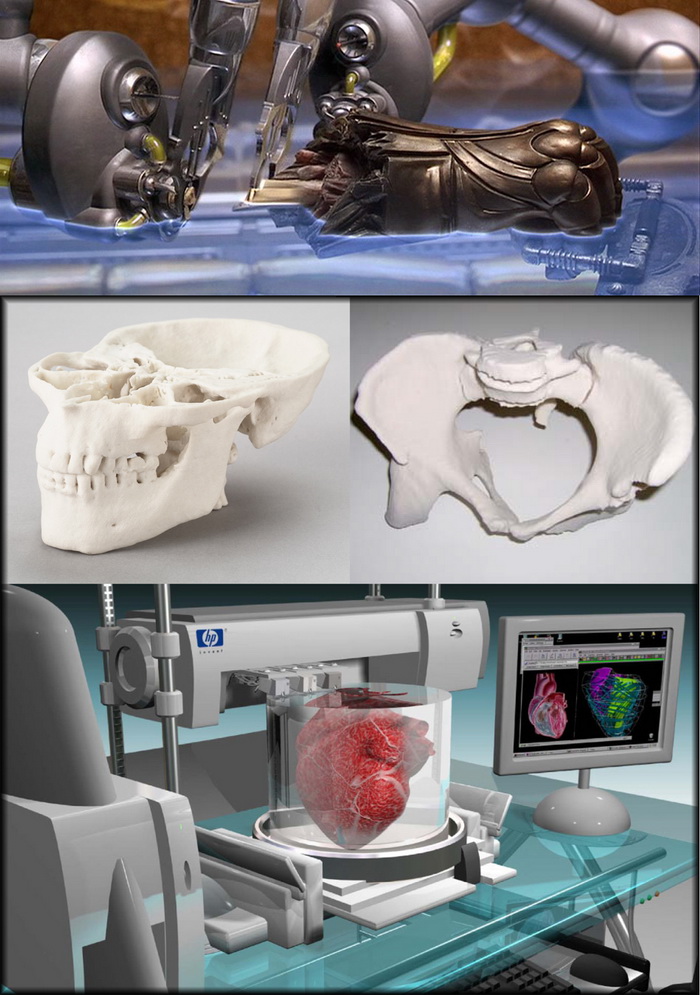 It produces 3D printers and components, including software, and also designs them. The company provides services at various stages of design, development and production of products for many large industries, including aerospace, automotive, medical, entertainment and other areas. It should be noted that the corporation also works with retail consumers. Business diversification within the 3D segment makes the company financially stable. nine0003
It produces 3D printers and components, including software, and also designs them. The company provides services at various stages of design, development and production of products for many large industries, including aerospace, automotive, medical, entertainment and other areas. It should be noted that the corporation also works with retail consumers. Business diversification within the 3D segment makes the company financially stable. nine0003 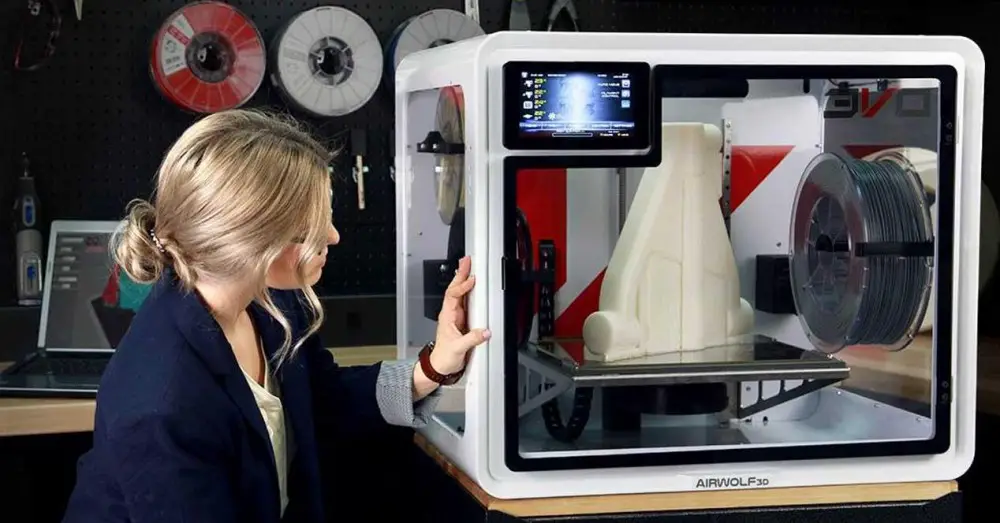
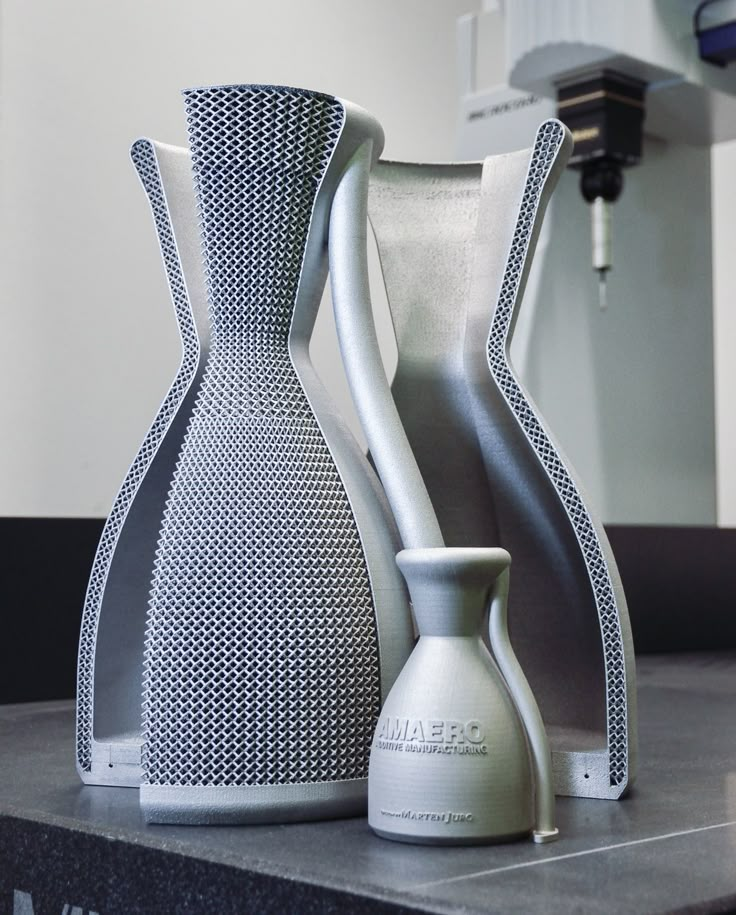 nine0003
nine0003
The most undervalued company in terms of EV/EBITDA is HP, but it is not correct to compare it with other issuers by this multiplier due to the differentiation of the company's products and services. 3D Systems has the highest EV/EBITDA, and from this point of view, the paper is not so attractive to buy. Moreover, over the past four years, 3D Systems shares have been in a stable sideways trend without technical prerequisites for growth. nine0003 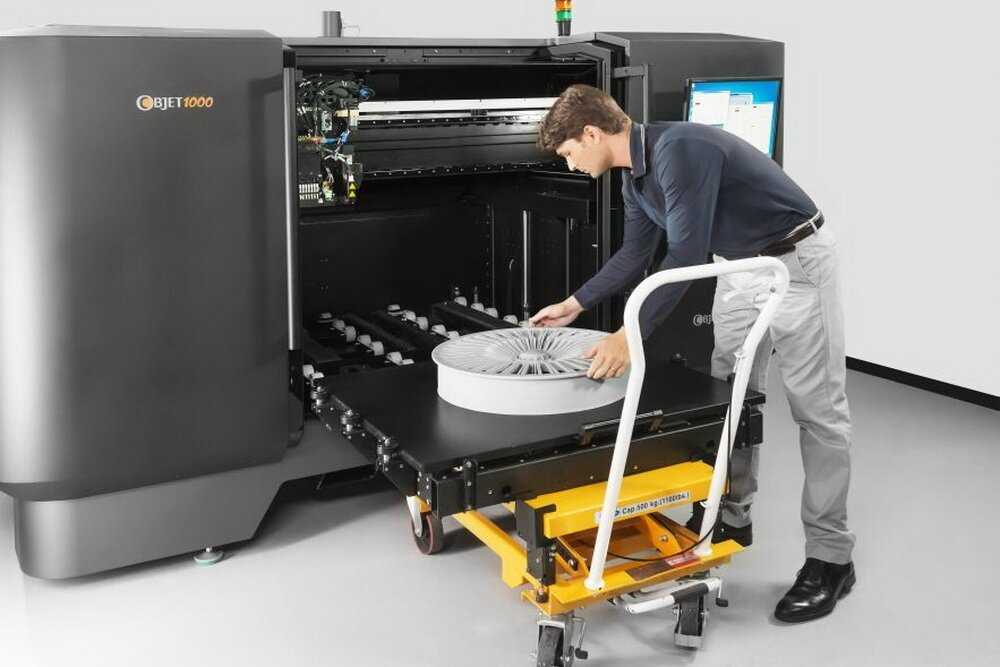
Learn more


